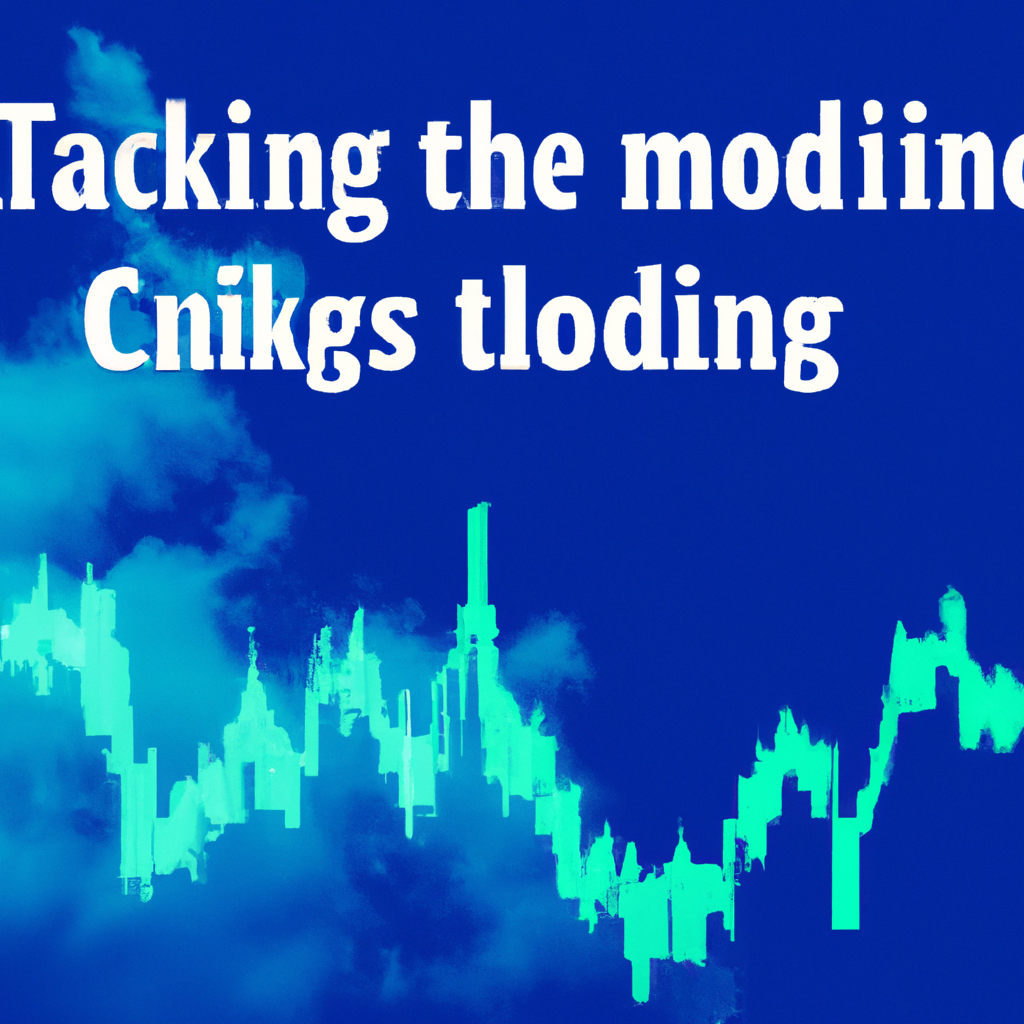Understanding Ichimoku Cloud Trading Signals
The Ichimoku Cloud, also known as Ichimoku Kinko Hyo, is a versatile technical analysis tool that provides traders with valuable insights into market trends, support and resistance levels, and potential trading opportunities. By incorporating multiple components, including the cloud, the base line, the conversion line, and the lagging span, the Ichimoku Cloud offers a comprehensive view of price action and helps traders make informed decisions. In this article, we will explore the different trading signals generated by the Ichimoku Cloud and how traders can use them to their advantage.
1. Tenkan-sen and Kijun-sen Cross
One of the most common trading signals generated by the Ichimoku Cloud is the Tenkan-sen and Kijun-sen cross. When the Tenkan-sen (also known as the conversion line) crosses above the Kijun-sen (also known as the base line), it indicates a bullish signal. Conversely, when the Tenkan-sen crosses below the Kijun-sen, it suggests a bearish signal. Traders can use this cross as a potential entry or exit point for their trades.
2. Kumo Breakout
Another important trading signal provided by the Ichimoku Cloud is the Kumo breakout. The Kumo, or cloud, is formed by the area between the Senkou Span A and Senkou Span B lines. When the price breaks above the Kumo, it signals a bullish trend reversal, while a break below the Kumo indicates a bearish trend reversal. Traders can use the Kumo breakout as a confirmation of a potential trend change.
3. Chikou Span Confirmation
The Chikou Span, or lagging span, is the most delayed component of the Ichimoku Cloud, as it plots the closing price of the current period shifted back by a certain number of periods. Traders can use the Chikou Span to confirm the strength of a trend. When the Chikou Span is above the price action, it confirms a bullish trend, while a Chikou Span below the price action confirms a bearish trend. Traders can use this confirmation to validate their trading decisions.
4. Senkou Span Cross
The Senkou Span cross is another important trading signal generated by the Ichimoku Cloud. When the Senkou Span A crosses above the Senkou Span B, it signals a bullish trend, while a cross below indicates a bearish trend. Traders can use this cross as a confirmation of a potential trend change and adjust their trading strategies accordingly.
Conclusion
The Ichimoku Cloud is a powerful technical analysis tool that provides traders with valuable insights into market trends and potential trading opportunities. By understanding and utilizing the different trading signals generated by the Ichimoku Cloud, traders can make more informed decisions and improve their trading performance. Whether you are a beginner or an experienced trader, incorporating the Ichimoku Cloud into your trading strategy can help you navigate the markets more effectively and increase your chances of success.


